
Dr. S. S. Iyengar Research Commercialization and Impact
30 years of Discoveries and Inovations.

30 years of Discoveries and Inovations.
Dr. Iyengar, a computer scientist of international repute, is a pioneer in the field and has made fundamental contributions in the areas of information processing for sensor fusion networks, robotics and high performance algorithms, all relevant to critical event detection systems as seen in following:
The impact of his research contributions can be seen in places like Raytheon, Telecordia, Motorola, the United States Navy, DARPA agencies, etc. Details can be found in the following sections.
Iyengar is a Member of the European Academy of Sciences, the Lifetime Achievement Award from ISAM-IIT (BHU), a Fellow of the Institute of Electrical and Electronics Engineers (IEEE), a Fellow of the Association of Computing Machinery (ACM), a Fellow of the American Association for the Advancement of Science (AAAS), and Fellow of the Society for Design and Process Science (SDPS). He has also received the Distinguished Alumnus Award of the Indian Institute of Science. In 1998, he was awarded the IEEE Computer Society's Technical Achievement Award and is an IEEE Golden Core Member. Professor Iyengar is an IEEE Distinguished Visitor, SIAM Distinguished Lecturer, and ACM National Lecturer. In 2006, his paper entitled, A Fast Parallel Thinning Algorithm for the Binary Image Skeletonization, was the most frequently read article in the month of January in the International Journal of High Performance Computing Applications. His innovative work called the Brooks-Iyengar algorithm along with the Prof. Richard Brooks from Clemson University is applied in industries and some real-world applications. Dr. Iyengar’s work has a big impact, contrary to popular belief, in 1988, we discovered “NC algorithms for Recognizing Chordal Graphs and K-trees” [IEEE Trans. on Computers 1988]. This breakthrough result led to the extension of designing fast parallel algorithms by researchers like J. Naor (Stanford), M. Naor (Berkeley), and A.A. Schaffer (AT&T Bell Labs). He has also published over 500 papers and 15 books (authored, co-authored, edited, etc.) in places like John Wiley & Sons, Prentice Hall, CRC Press, Springer Verlag, etc. These publications have been used in major universities all over the world.
The Brooks–Iyengar hybrid algorithm for distributed control in the presence of noisy data combines Byzantine agreement with sensor fusion. It bridges the gap between sensor fusion and Byzantine fault tolerance. This seminal algorithm unified these disparate fields for the first time. Essentially, it combines Dolev’s algorithm for approximate agreement with Mahaney and Schneider’s fast convergence algorithm (FCA). The algorithm assumes N processing elements (PEs), t of which are faulty and can behave maliciously. It takes as input either real values with inherent inaccuracy or noise (which can be unknown), or a real value with apriori defined uncertainty, or an interval. The output of the algorithm is a real value with an explicitly specified accuracy. The algorithm runs in O(NlogN) where N is the number of PEs: see Big O notation. It is possible to modify this algorithm to correspond to Crusader’s Convergence Algorithm (CCA), showever, the bandwidth requirement will also increase. The algorithm has applications in distributed control, software reliability and High-performance computing. Wikipedia
In 2000, the DARPA program manager used two major demostrations to showcase SensIT's advances and document the ability of sensor networks to provide new capabilities. One demostration took place at the Twentynine Palms, California Marine Training grounds in August 2000, the other took place at BBN offices in Cambridge, Massachusetts in October 2011. Dr. Gail Mitchell of BBN coordinated this work for BBN, DARPA's SensIT integration contractor. Both demostrations used the Brooks-Iyengar fusion approach to combine sensor readings in real-time. Acoustic, seismic, and motion dectection readings from multiple sensors were combined and fed into a distributed tracking system. The first deployment was effectivem but noisy. The secound demonstration built on the success of the first testing California. An improved outfielder algorithm was used to determine which node was best situated to continue existing tracks. This work was an essential precursor to the Emergent Sensor Plexus MURI from Penn State Applied Reasearch Laboratory (PSU/ARL) with Dr. Sashi Phoha as PI. In that MURI, researchers from PSU/ARL, Duke, University of Wisconsin, UCLA, Cornell, and LSU extended SensIT's advances to create a practical and survivable sensor network applications.
In 1996, Iyengar's group, in collaboration with Brooks and with funding form Oak Ridge National Laboratory and office of Naval Research, Invented a method of fault tolerance modeling that offers a computationally inspired real-time management solution. This work has emerged in new versions of real time extensions to Linux Operating Systems. Many of these algorithms were used and installed in the RT Linux Operating System. They are now working on formal model verification by incorporating the algorithms into a new embedded kernel for robotic applications.
The profound contribution of the Brooks-Iyengar Distributed Computational Sensing work has enhanced new real-time features by adding fault tolerant capabilities.
"...The seminal work of professor Iyengar and his colleagues on sensor networks infestructure constitutes a foundation for sensor placement and optimization of information obtained from sensor networks.The ideas and algorithms introduced by Iyengar et al. Played an important role in Telcordia patent 019576 entitled "Method for placement of sensors for Surveillance" and Motorola patent 7688793 entitled, "Wireless sensor node group affiliation method and apparatus," both of which build up upon his pioneering work.
Marek Rusinkiewicz Vice President for research and General Manager of Telecordia
I belive that professor Iyengar work on sensor deployment, coverage, and surveillance has led to major advances in network technologies...."
"...the impact of this work has been significant. The Brooks-Iyengar Algorithm makes it possible to extract reliable data from sensor networks when some sensors are unreliable, thus adding a fault tolerant aspect. Unreliable sensor data are typically the case in systems that Raytheon develops for its customers, so applications of the algorithm made Raytheon and its customers more successful without increased investment in improved sensor reliability. This saved money, always important in today's increasingly budget conscious environment.
Intelligence, Information and Service Raytheon
...the Brooks-Iyengar algorithm continues to have significant impact where its is applied to Raytheon's programs.


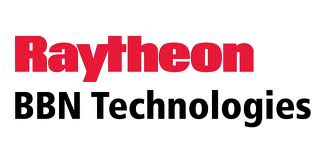

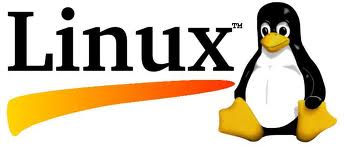
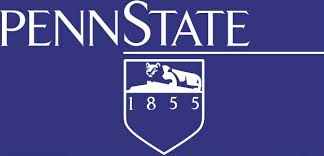

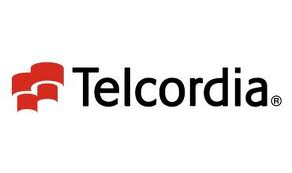


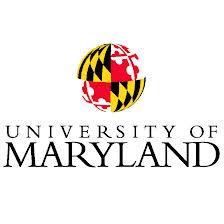
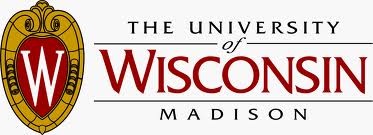

Dr. Iyengar and his colleagues at Nulogix have invented a device with an innovative technology that enables a person to see changes in intra ocular pressure (IOP) when he looks at his eye in the mirror. The purpose of this invention is to ensure that glaucoma's silent damage is detected as early as possible, well ahead of any damage. It will be especially useful to people who are at high risk of getting their retina damaged by increased intra ocular pressure, such as those with high blood pressure or a genetic history of glaucoma.
The U.S. Patent Office and the World Intellectual Property Organization have published patent applications filed by Nulogix for this invention. The company was recently named a finalist in the Enterprise Charlotte Economic Council's "Innovation 2 Industry Florida" competition for this technology and is seeking investment and clinical partners.
S. S. Iyengar, Xin Li , Huanhuan Xu, Supratik Mukhopadyay, N. Balakrishana, Amit Sawant and Puneeth Iyengar worked towards providing a better more precise radiotherapy treatment of lung tumor computer in January 2012. A computational framework for modeling the respiratory motion of lung tumors provides a 4D parametic representation that tracks, analyzes, and models movement to provide more accurate guidance in the planning and delivery of lung tumor radiotherapy.
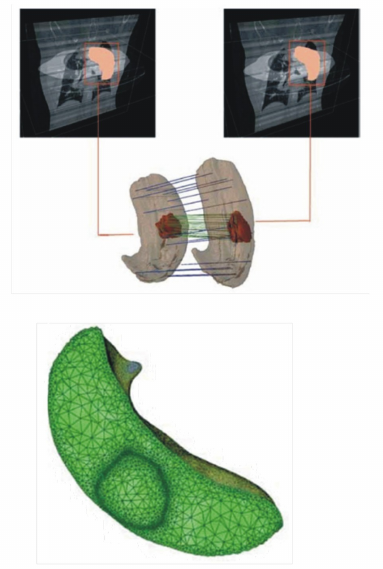
His Research work was shown on the Discovery Channel, History Channel, Local ABC news affiliates (WBRZ News), Fox TV channel (Fox 44 WGMB), Youtube and Major news outlets (LSUReville, The Advocate) around the world, over 60 million homes distributed worldwide (Russia, Korea, Europe, China, India etc.)
One of Dr. Iyengar's Students Brian Obe's love of digital artistry emerged in 1990 with a visit to LSU robotics research laboratory where he was introduced to many techniques and that ended him getting an animation award at the 78th Academy Awards.
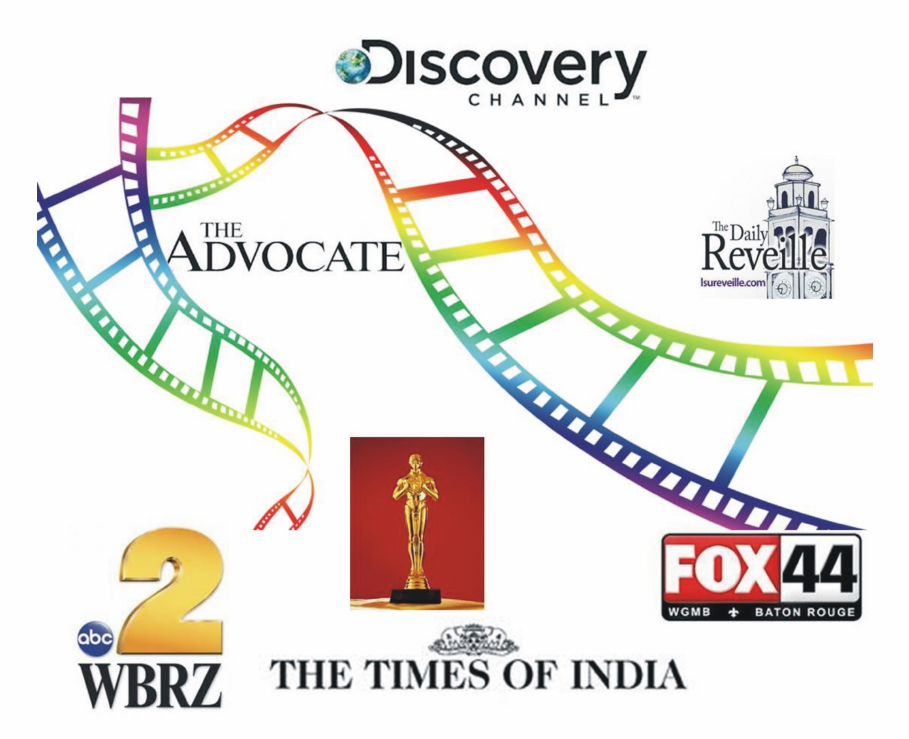
One of Dr. Iyengar’s project along with Dr. Phoha (LA Tech) and Dr. Kannan (LSU) entitled “Fast Page Allocation on a Sever Using Self-Organization Properties of Neural Networks” was selected to be in the world’s Best Technology Showcase in the year 2007. This is a highly competitive summit and other companies were Alos Alamos National Labs, John Hopkins University, EPS, NASA and many others.

Noeticnexus builds innovative applications using Java, IOS ,PHP using the latest frameworks and technologies.
Third Solutions launched the first multi-merchant digital receipts service which is operationally live as MyReceiptsTM. The service electronically aggregates itemized receipts from participating merchants and presents them to consumers via the company’s website and partner channels. MyReceiptsTM reduces the need for physical receipts while helping retailers and consumers be more “green”.
Operating on the company’s patent-pending software platform, MyReceiptsTM includes a powerful item level marketing communications engine for retailers and marketers, such as consumer packaged goods organizations, to digitally promote their brands and products to consumers more effectively than with traditional channels.This company is now in partnership with EPSON
NuLogix has developed a powerful predictive analytics system based on Novel Agile Learning technology that combines machine learning with knowledge based system. For deployment of the analytics system, NuLogix has also developed a distributed agent based monitoring platform which can easily integrate with field sensors and management/control systems.
Fellow, National Academy of Inventors, 2013
Fellow, IEEE, 1995, Fellow, AAAS, 2000, Fellow, ACM, 2001
Fellow of Institution of Engineers (India)
Fellow Design and Process Science SDPS, 2004
2012 Village Fellow The Academy of Trans-disciplinary Learning and Advance Studies
Member, European Academy of Sciences, 2002
Founding Editor & chief, International Journal of Distributed Sensor
Founding Chair, Innovations and Commercial Applications of Distributed Sensor Networks Conference
Member of the International Conference Program Committee on sensor Networks/Distributed Computing, Keynote Speaker for various international conferences all around the world 2004-2008
Editor/Editorial board member of IEEE Computer Journals - Various IEEE Transactions and the Computer Magazine. Member of the National Lib of Madicine Biomedical Lib Review Committee NIH (1993)
Member of the European Sensor Networking Community jointly with University of Melbourne, Australia (2002)
Member of the National Research Council of Experts reviewing international proposals
Co-Founder of Groupthink Co., 2011
President of Noetic Nexus Co., 2011, Cheif Scientist of NuLogix Lab.,2010
Member of the Programming Team for SynaBee, 2011
System and Architecture for Robust Management of Resources in a Wide-Area Network. *U.S. Patent No. 8572290 B1, Date of Patent :Oct.29,2013 Licensed to (NuLogix and/or Prases Corp. and also Inter-Instituional agreement with Utah State University). S.Mukhopadhyay and S.S.Iyengar
Vir V. Phoha, S. S. Iyengar, and R. Kannan, "Method of allocation of Web pages using neural networks". *U.S. Patent No.7191178. Issued March 13, 2007. (Featured in the World's Best Technology Showcase, 2007, Arlington, TX)
Vir V. Phoha, S. S. Iyengar, and R. Kannan, Data Set Request Allocations to Computers. *U.S. Patent No.7730086. Issued June 1, 2010.
S.S. Iyengar, P.R.K. Prasad, and A.K. Kumar and others, "A pattern recognition device to indicate pressure in the eye due to Glaucoma by means of optical changes", 2012 (Published in the Miami Business Today). Won The Florida Information Technology Award (IT2). Gloabal International Application PCT/IN2012/000054 and U.S. Patent Application No.13138316 already filed for proposed device.
Madhusudhanan Balasubramanian, Juan Reynaud, Roger W. Beuerman, S. Sitharama Iyengar, "A Framework for detecting glaucomatous Progression in the Optic Nerve using Orthogonal Decomposition", U.S. Patent Application No.11716848
S. Mukhopadhyay and S.S. Iyengar, "System and Architecture for Robust Management of Resources in a Wide-area Network", Patent was filled on June 3rd, 2011, U.S. Application No. or PCT International Application No. 13153388. Licensed to (NuLogix and/or Prases Corp. and also Inter-Instituional agreement with Utah State University)